Review: Houghton Festival 2018
A sophomore success.
Nobody at Houghton Festival this year travelled to Norfolk without hearing the magical tales from last year. 2017 was Houghton’s debut, the first collaboration between curator Craig Richards and the organisers from Gottwood Festival, which gave it all an element of surprise when it came together so well. Add to that the wall-to-wall sunshine and it’s easy to see why Houghton’s inaugural event has already been memorialised by fans and journalists as a utopian, third-summer-of-love paradise.
As Mr Richards himself said in the press release in the buildup to the big day (Thursday, August 7 to Monday, August 12), Houghton’s aim this time around was to keep the formula almost identical to that of 12 months earlier, “sticking to the story with minor improvements and a strong belief in the initial concept.” Like last year, the festival took place at Houghton Hall, a thousand-acre country estate next to a royally-owned residence near King’s Lynn in Norfolk and boasted a 72-hour, non-stop music licence from 5 pm on Friday. New stages Tantrum, The Clearing, Trevino’s, and Pinters were added for this edition, but otherwise, the layout was all but indistinguishable.
And yet, this year things were different. There was no more beginner’s luck. Last year’s success meant tickets sold fast and the event’s 6,000 capacity must have left at least as many people disappointed. Those who got lucky arrived at the site with expectations, which were dampened almost immediately as the heavens opened and rarely let up over the ensuing three days. Houghton 2017 may have been mythicised as a one-off rave heaven, but this year’s challenges would test Houghton as an institution.
The traffic en route delayed my arrival until late evening and I missed a decent amount of music on Thursday (it’s unlikely that the congestion was entirely Houghton-related, but for whatever reason, the roads around Norfolk were very busy on Thursday afternoon). By the time I entered the arena, I’d already missed sets from Mr Price, Bobby Pleasure, Red Axes, and most of Adam Shelton. As the latter finished up in the Warehouse, however, my frustration was soon forgotten.
Set up to resemble, well, a warehouse, the large metal shed had received an impressive lighting upgrade from last year and it was given its first real test by British DJ Cassy. It was slightly reminiscent of—though considerably smaller than—Field Day’s giant aircraft hangar The Barn and Cassy’s tempo-twisting techno was not unlike the set Aphex Twin played there in 2017. She commanded a seesawing BPM down into stretches of ominous ambient, through the more energetic sides of electro and further north into the heady rapids of strobing 4/4. Anyone with leftover anxieties from the working week had them wrenched from their minds and buried until further notice.
Cassy played for three hours—but wanting to make up for lost time I ventured out to explore the site. My first stop was The Old Gramophone, a modest teepee stage the like of which would usually be played by an unnamed utility DJ at most festivals. On Thursday night at Houghton, it hosted a set from Jonny Rock, a swaggering mix of dub and grinning house, peaking with a nasty drop of the Stone Roses’ “Fools Gold,” characteristic of a fun-loving set that welcomed all who heard it to the weekend with open arms.
Thursday was definitely the most popular night for what might be considered obvious track choices. I moved on to Tantrum, a lively stage with a capacity of around 600, boxed in by two metal storage containers and a stack of hay bales, just in time to hear Ralph Lawson coax a beautifully gradual “Blue Monday” mix into the end of his synthy set. Clichéd or not, the track’s signature rhythm had been creeping in for at least two minutes before anyone cheered; soon after Lawson could be seen standing on his decks as the song’s anthemic chorus closed the night.
On Thursday night, it was all over by 2 am. As the crowd headed for their tents the hunger for more was palpable, which no doubt played a part in the vast majority of campers who rose before 10 the next morning. I began Friday with some more from Jonny Rock, this time playing back-to-back with Rob Mello at the Pavillion, a large opening in the woods overlooking the lake and one of Houghton’s defining spaces. Rock and Mello spun some fruity house as the rain dripped through the trees, including a teasing edit of Talking Heads’ “Once In A Lifetime.”
That afternoon, I was also able to take in some decent techno from Ess O Ess at the Quarry—an open-air crater in the ground that sadly suffered from the bad weather—and some very flavoursome acid from Kirsti Weir at Tantrum, where the sheltered crowd was rather more content. Meanwhile at the Derren Smart, Houghton’s biggest outdoor area and the one that most resembled a Main Stage, Ruf Dug played a relentless chain of skidding jungle cuts; later, a sudden switch to bright orange house coincided with the weekend’s first rays of sunshine, triggering a relieved sigh from the crowd before a Bob Marley edit turned them into cheers.
Focusing on the more easily identifiable selections feels a little unfair, but the reason they stood out is that there were so few of them. With no obvious exceptions, every DJ played from their own delightfully obscure, brilliantly idiosyncratic record collections. That might have been expected of what many would deem a “DJs’ festival,” but there was precious little in the way of anthems even in the live sets, with artists preferring improvisation or previously unheard material.
The first live set I saw was from DMX Krew, an elusive artist whom I admit to having been pretty excited to see for the first time despite knowing little about him. His impish electro weirdly became one of the most distinctly British sets of the weekend, ribbing and tickling the crowd as they bounced around inside Tantrum, many of them dressed as sumo wrestlers, 20th Century dictators, and Egyptian pharaohs. The artist—real name Edward Upton—stayed away from the poppier vocal tracks that casual fans might know him by, instead opting for a fizzy instrumental set that I feel was well worth missing the likes of Gatto Fritto, Hunee, and Voigtmann for.
With a taste for live performance, I followed DMX with an hour-long set from Nathan Fake, back at the Derren Smart Stage. With night falling and Fake cooking up his usual brand of impending euphoria, there was an air of promise for the loosely assembled crowd. However, after much humming and hawing (almost literally), moving first in one vague direction and then another, with a number of genuinely lovely bits sprinkled in here and there, Fake really failed to deliver. His timeless closer “The Sky Was Pink” was his version, but it served as a reminder that Fake’s half-decent ideas generally tend to flourish under the touch of James Holden or another more candid contemporary.
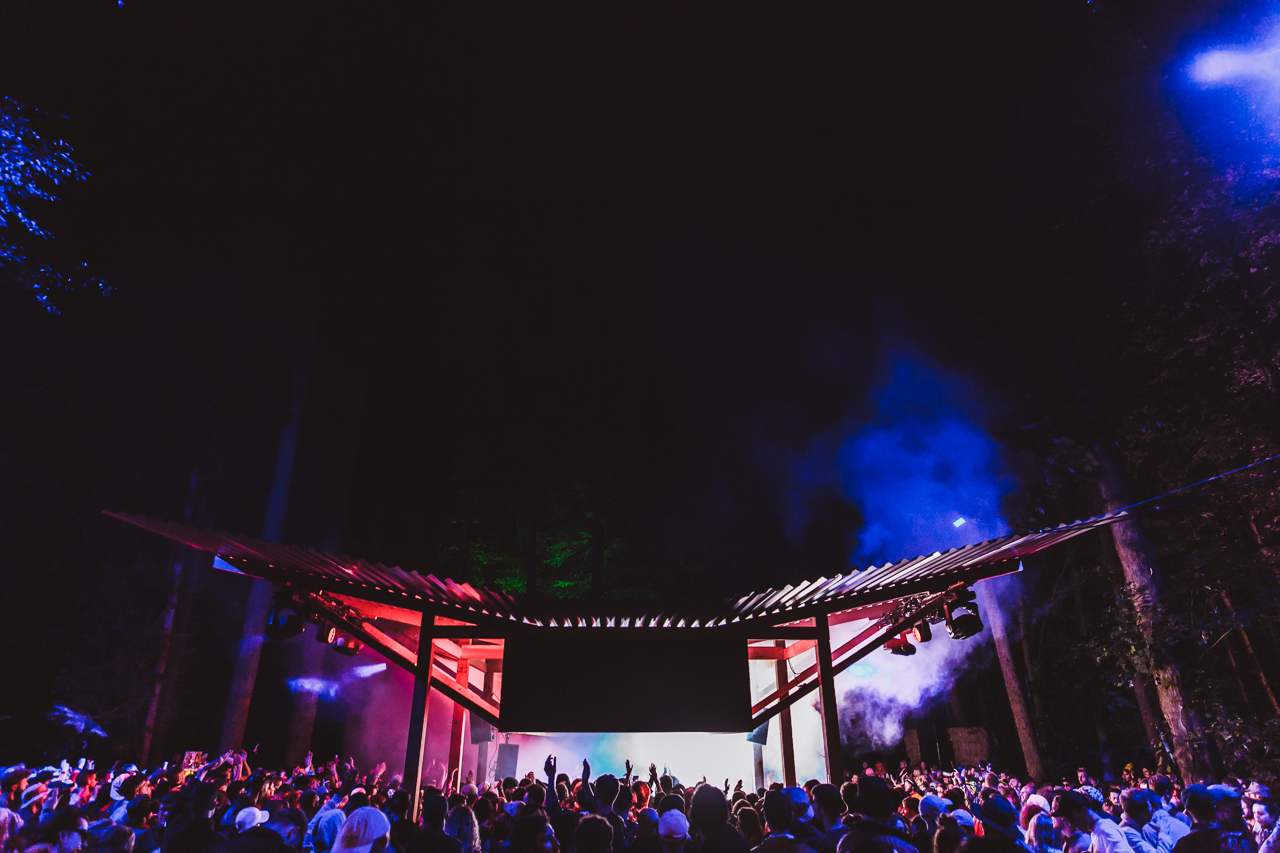
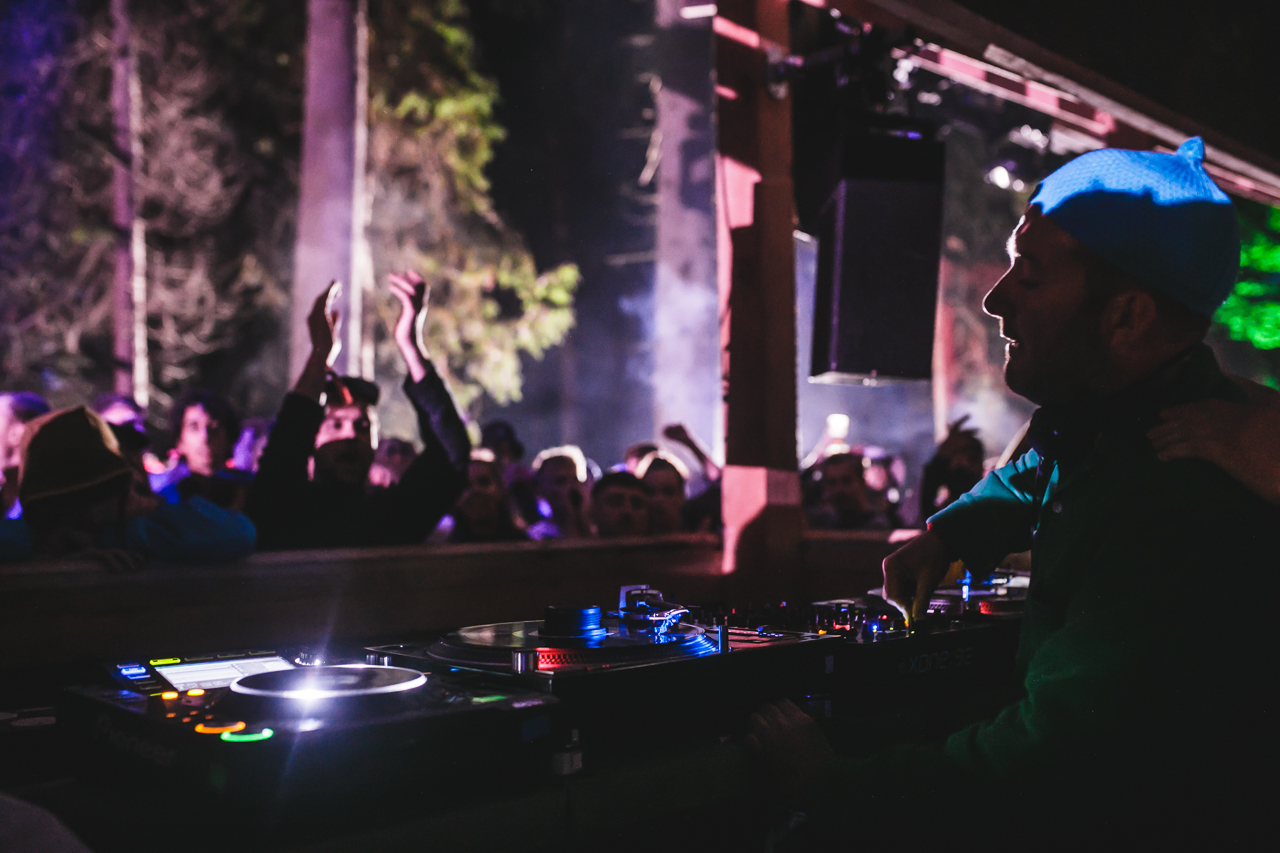
Over at The Clearing, a wonderfully intimate stage in the woods, Binh played a three-hour house and techno set to a newly energetic crowd that was still huddling together for warmth; amid the many dark cuts was Big Miz’s “The Great Beast,” a tech-house track which reached vertiginous new levels in the murky setting. After Cassy’s carnage the night before, The Warehouse was relatively quiet for the rest of the weekend, first in its musical offerings, then literally. On Friday night it hosted the experimental polyrhythms of Burnt Friedman—which I was actually gutted to have missed—then the minimal ambient sounds of E/Tape. Playing around midnight, the latter’s set failed to entertain many who stumbled in, this writer included—Monolake were next up, an interesting prospect but not one that was worth sacrificing the night’s optimistic energy for.
My preferred choice was a short trek across the site to Tantrum, quickly proving one of this year’s major success stories, where Mathew Jonson was playing precisely what I—and hundreds of others— had been yearning for. “Journey” is a word that’s thrown around a lot in progressive techno circles and my slightly late arrival meant it was unclear where this crowd had been at the start of Jonson’s set, but I was bloody pleased to be where it ended up, with the type of frenzied crescendo we’ve come to expect of the Canadian.
There was no time for a breather though, as drum & bass veteran Doc Scott took over with some of the finest DJing of the weekend so far. Knowing just when to punctuate each raucous break with a tense, almost dubstep-like pause, Scott tied everything together with a constant bass grumbling underfoot, a thick, fuzzy carpet that we all knew could be pulled from beneath us at any moment. Shanti Celeste and Roman Flügel were playing elsewhere, but Tantrum was impossible to leave during Scott’s 90 minutes.
I finished the night with a short burst of Hunee at the Pavillion, a five-hour set that many spoke highly of but which I couldn’t do justice having only seen about an hour. The next morning, rumours abounded that Jane Fitz had played a mind-bending techno set at Houghton’s secret stage deep into the small hours; while access last year required a train journey, this year it was reachable by a short walk back through the campsite. Options inside the arena were so good that I never felt the need to work out the hidden spot’s exact location, but Fitz’ performance generated some envy-inducing hype.
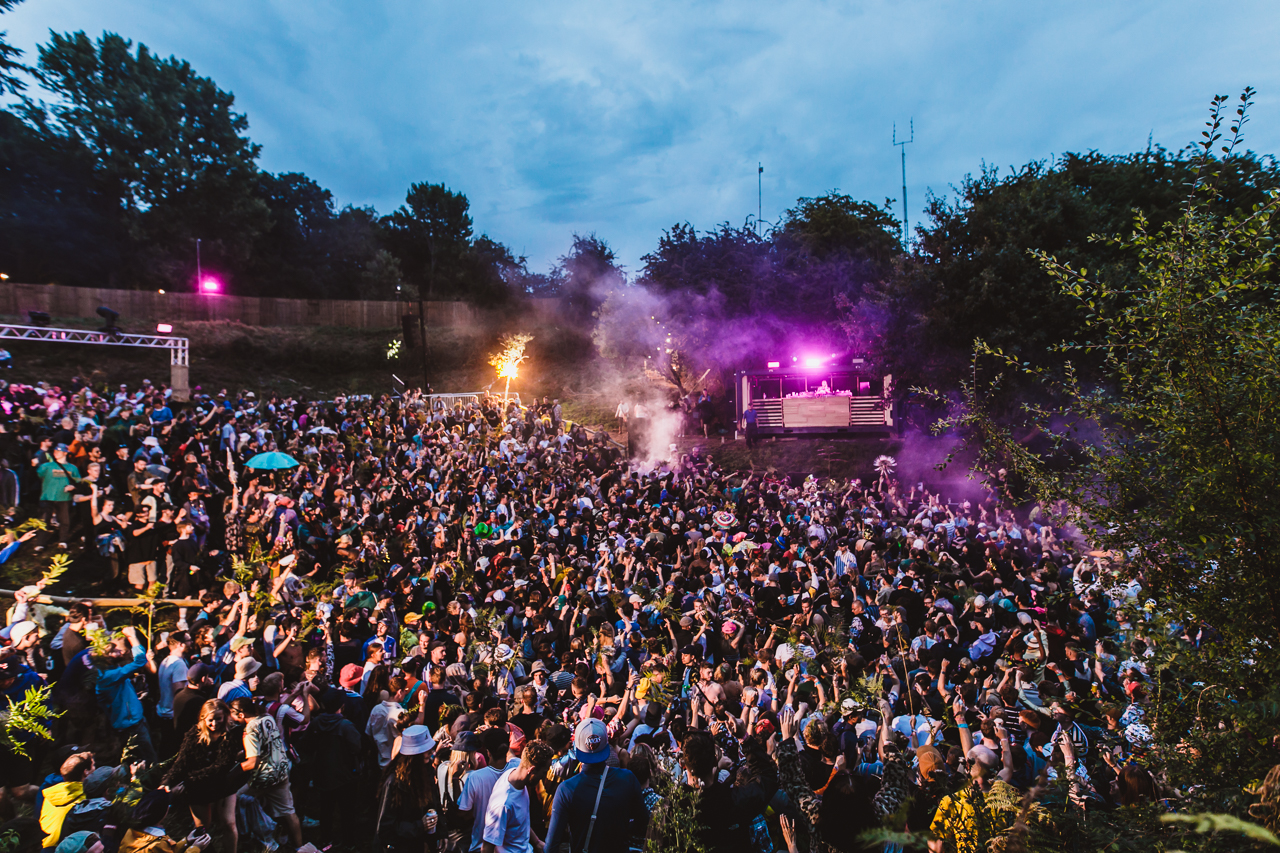
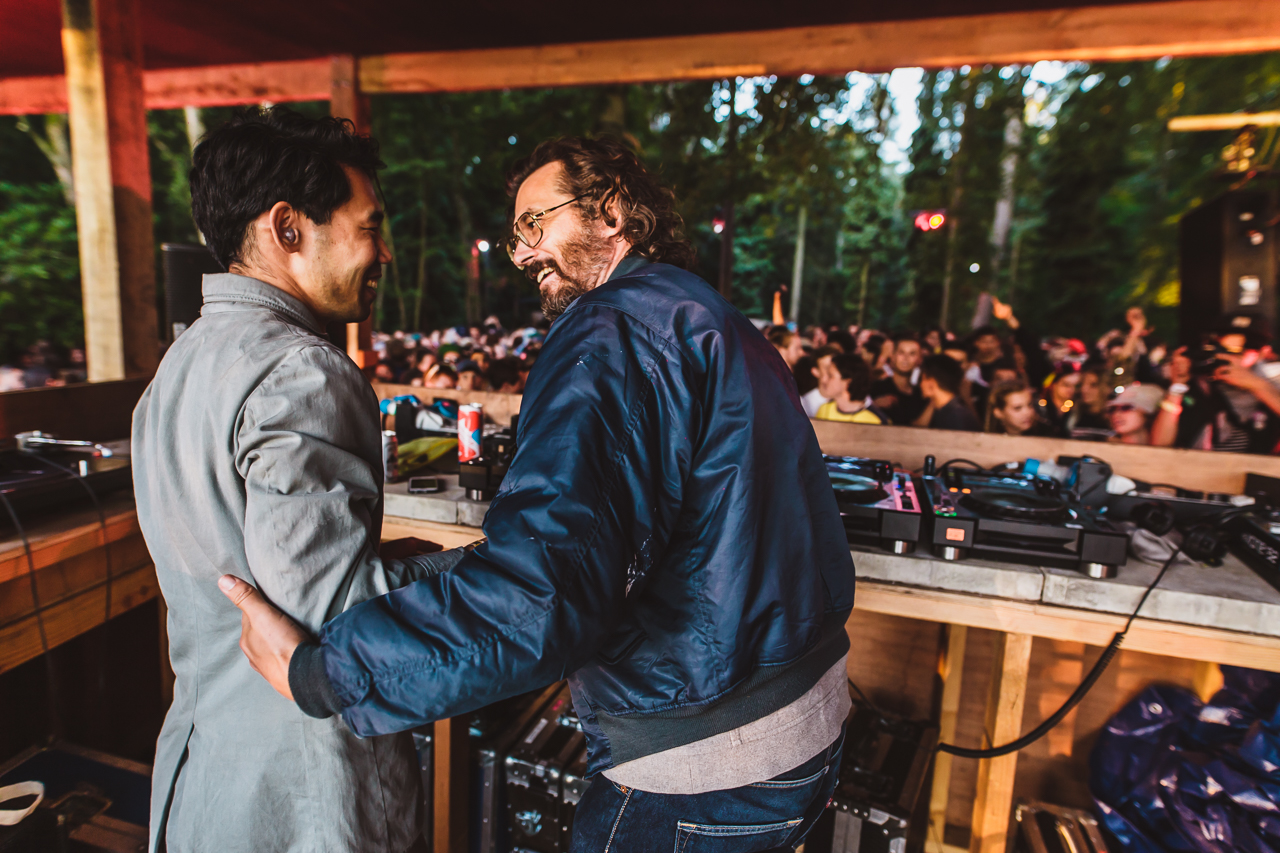
My Saturday was started by Calibre, one of those I-don’t-know-how-I’ve-never-seen-them artists, with MCing from DRS. Considering what I’d heard about Calibre’s DJ sets, I knew not to expect non-stop energy, but I was definitely expecting something. While progression is undoubtedly key to his mixes, a slow start still needs to engage an audience, something Calibre’s half-hour sleep house intro failed to do. DRS’s hapless fills sounded unconvincing during this section (“what is a bpm anyway!”) and the cheer of relief that went up at the first whiff of a break did nothing to dissuade Calibre, who soon returned to yawning ambient house.
Unimpressed, I checked out Intergalactic Gary at The Quarry and was pleased to find a sunny, ‘80s-indebted electro and techno set. The stage had possibly the best sound at the festival, with the speakers positioned around its four banks giving it a subtly different feel depending on where you stood, but it seemed strangely unpopular and rarely filled up.
Saturday evening at The Derren Smart was the closest Houghton came to a headline slot, with by far the best weather of the weekend and pretty soon the biggest crowd. Few performers made the most of the stage, but Joy Orbison started a party that some are still yet to recover from. Playing at a similar time, the man known to his friends as Peter O’Grady did everything Nathan Fake didn’t, dropping cutting-edge garage, jungle, funk, and R&B, each time to a more rapturous response. There were a couple of minor slip-ups as the BPM was shifted, but he covered them with a grin and was rewarded with a rapidly ballooning crowd. Some of the wildest revellers may be unable to remember Joy O’s three-hour set, but those who do may never forget it. People could be heard discussing it for the rest of the weekend and Facebook groups are still swapping notes on the setlist. It’s hard to say whether the eventual dispersion of the crowd came as a result of the set’s conclusion or the resumption of the bad weather, but I fancied that a few spots had been falling before O’Grady stepped down.
That being said, the squidgy live set from Radioactive Man which followed was great too, albeit played to a much-diminished crowd. After staying at Derren Smart, partly just to digest Joy O, I moved towards the Pavillion having missed sets from Claro Intelecto, Call Super, dBridge, and Sonja Moonear, but safe in the knowledge that I’d witnessed something rather special.
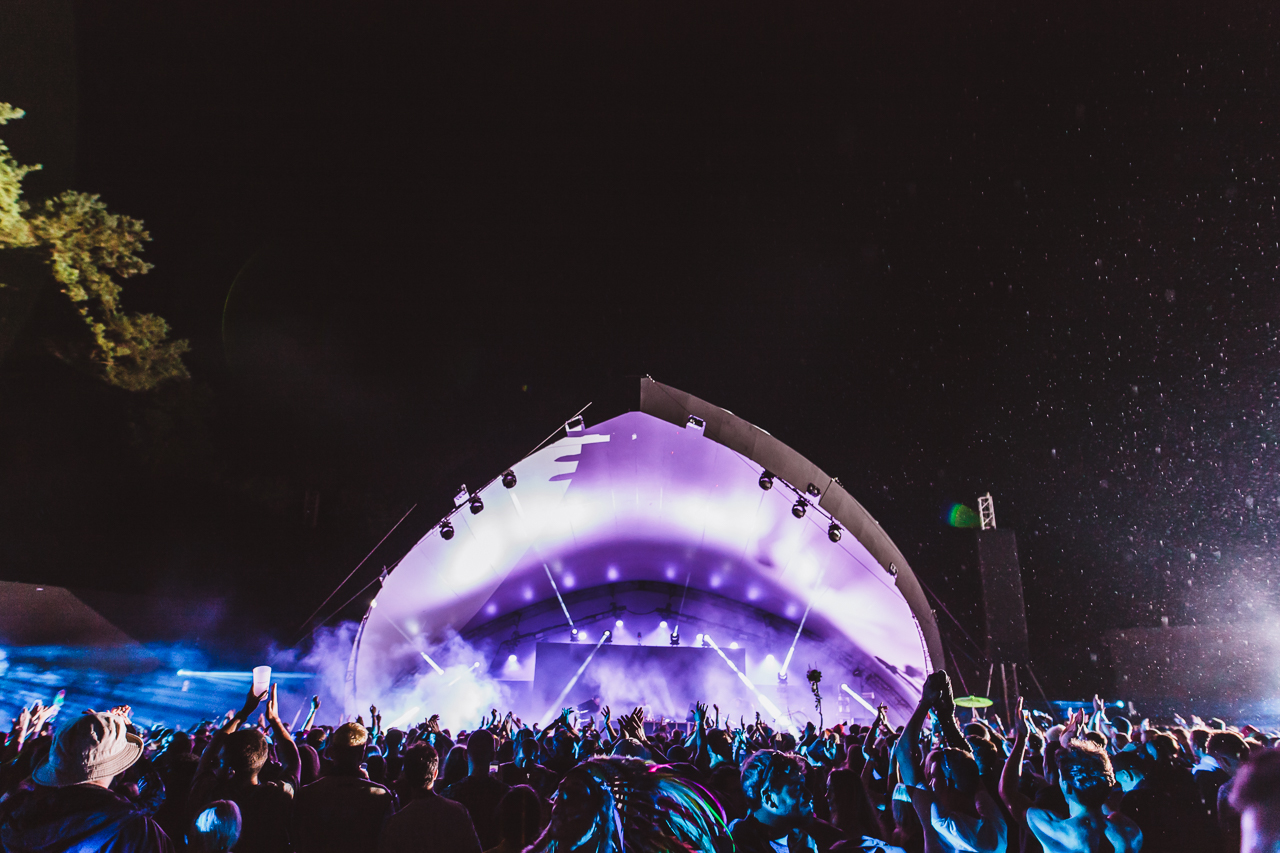
The rest of the night was full of impossible decisions. I split my time between Nicolas Lutz, Midland, Seth Troxler, and Ricardo Villalobos—all of whom played over the same eight hours. This meant missing out on Andrew Weatherall, who reportedly tore it up at Tantrum; Zip, whose five hours at the Magic Carpet included such hypnotic tunes as Musaria’s mix of “Deja Vu” by Larry Heard; and Margaret Dygas, who began a six-hour set at The Old Gramophone at 8am.
At the Pavillion, Lutz strung together four hours of irresistible techno, most notable for his elastic control of a hi-hat (drops included DJ Deller’s naughty garage cut “Romantic Call 2001”). In the cosy Old Gramophone, Midland pulled off a devious “Tomorrow Never Knows” drop before Troxler’s 4 am arrival raised the temperature even higher with a sludge of acid house.
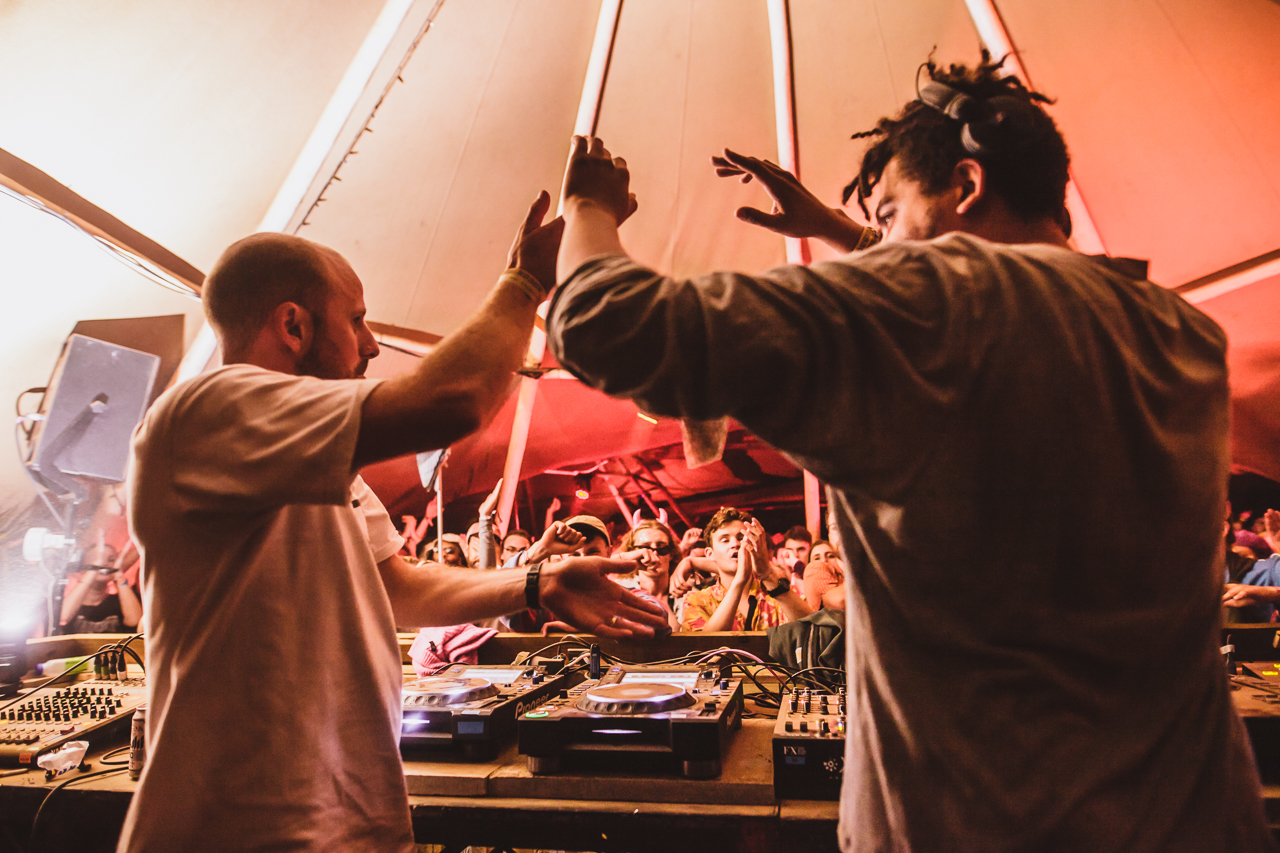
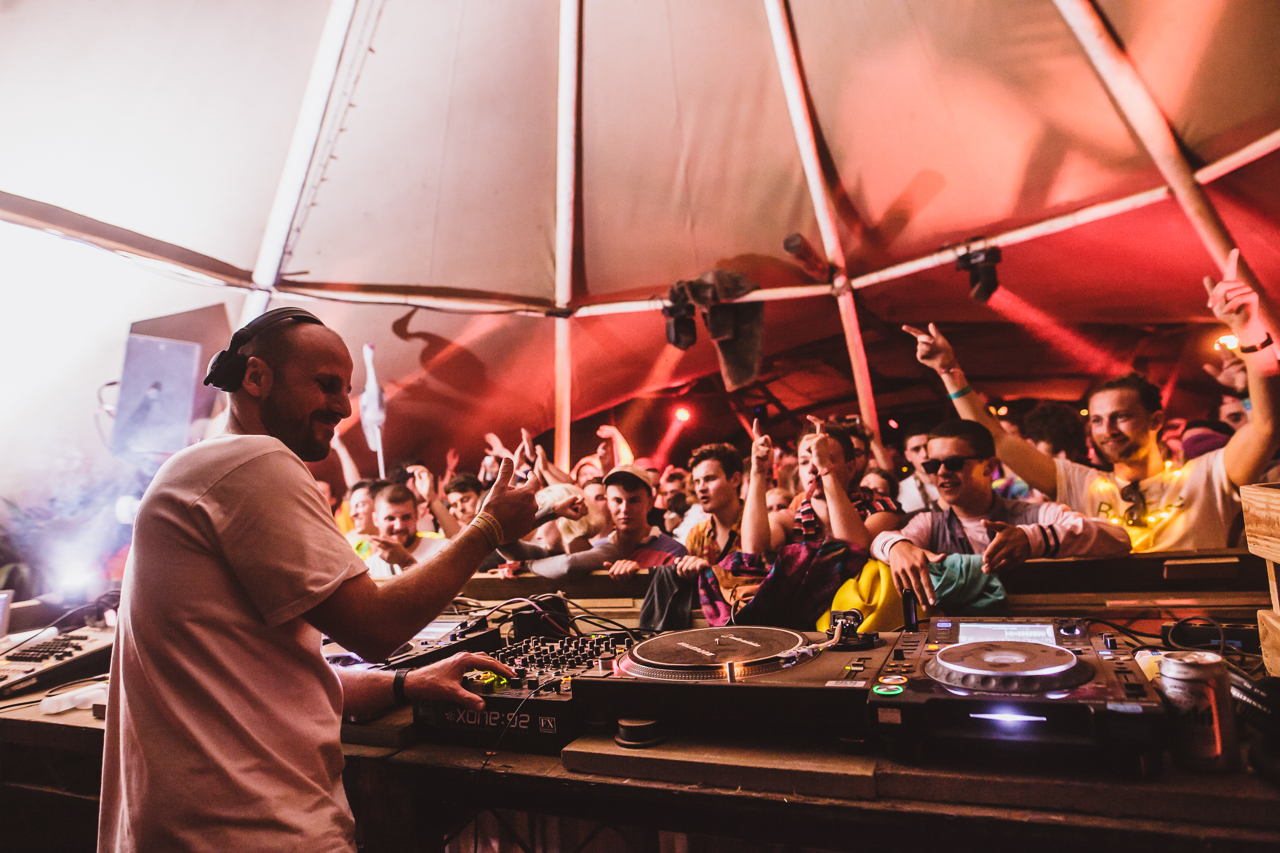
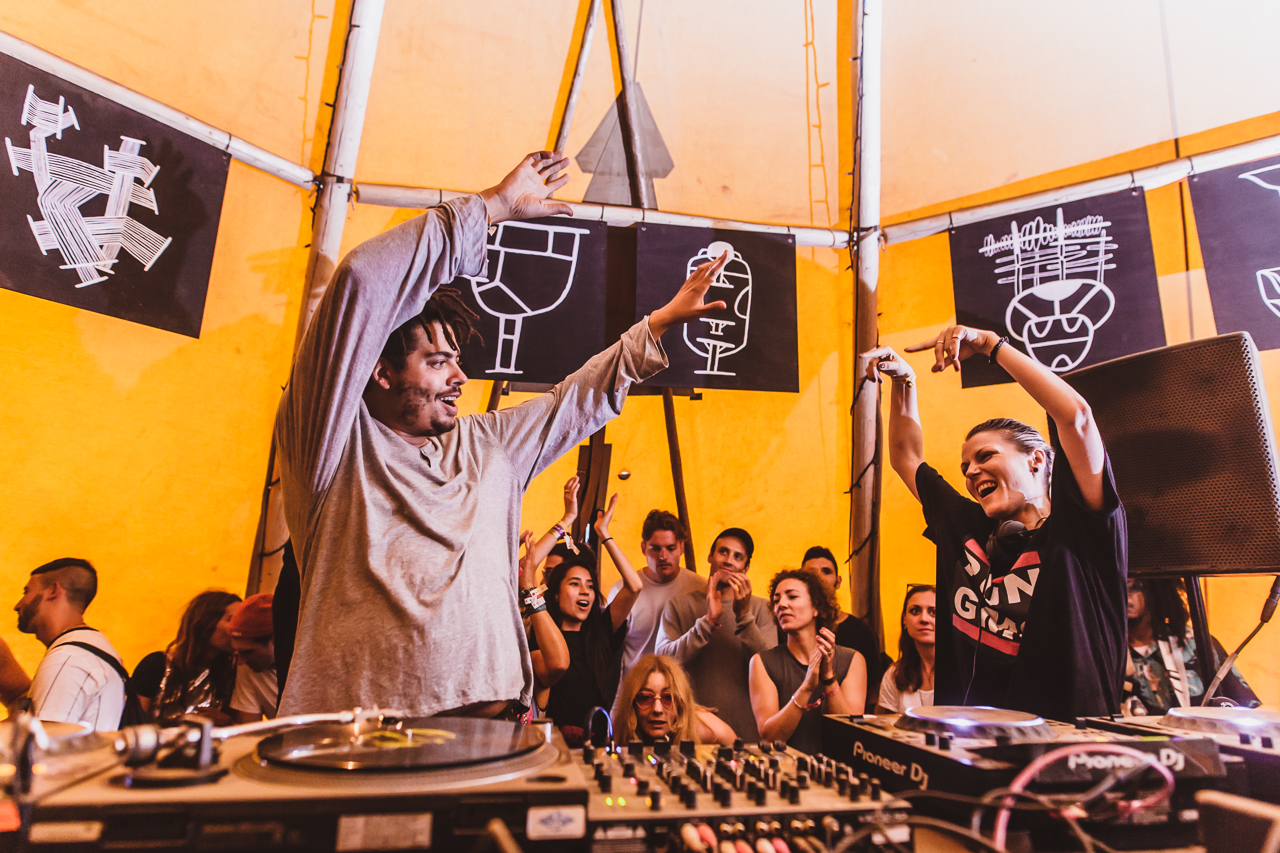
Those who made it to Ricky V’s sunrise set (4 to 8) back at the Pavillion—and there were plenty—were treated to a typically cantankerous performance. The wooden booth, framed by neon-lit trees and backed by a shimmering lake, had clearly been designed with Villalobos’s minimal techno in mind and no one else grasped it quite like him. There were some sanity-testing experimental sequences— like a 10-minute interplay between an earsplitting screech and a reverberating synth loop—that may have been too much for some, but the relationship between crowd and DJ was rarely more affectionate than it was at the Pavillion on Saturday night.
Fatigue finally caught up with me about an hour before the end and with a heavy heart I trudged home; I took the long route around the lake though (deliberately?) and could hear Ricky’s tingling sounds skimming across the water all the way back.
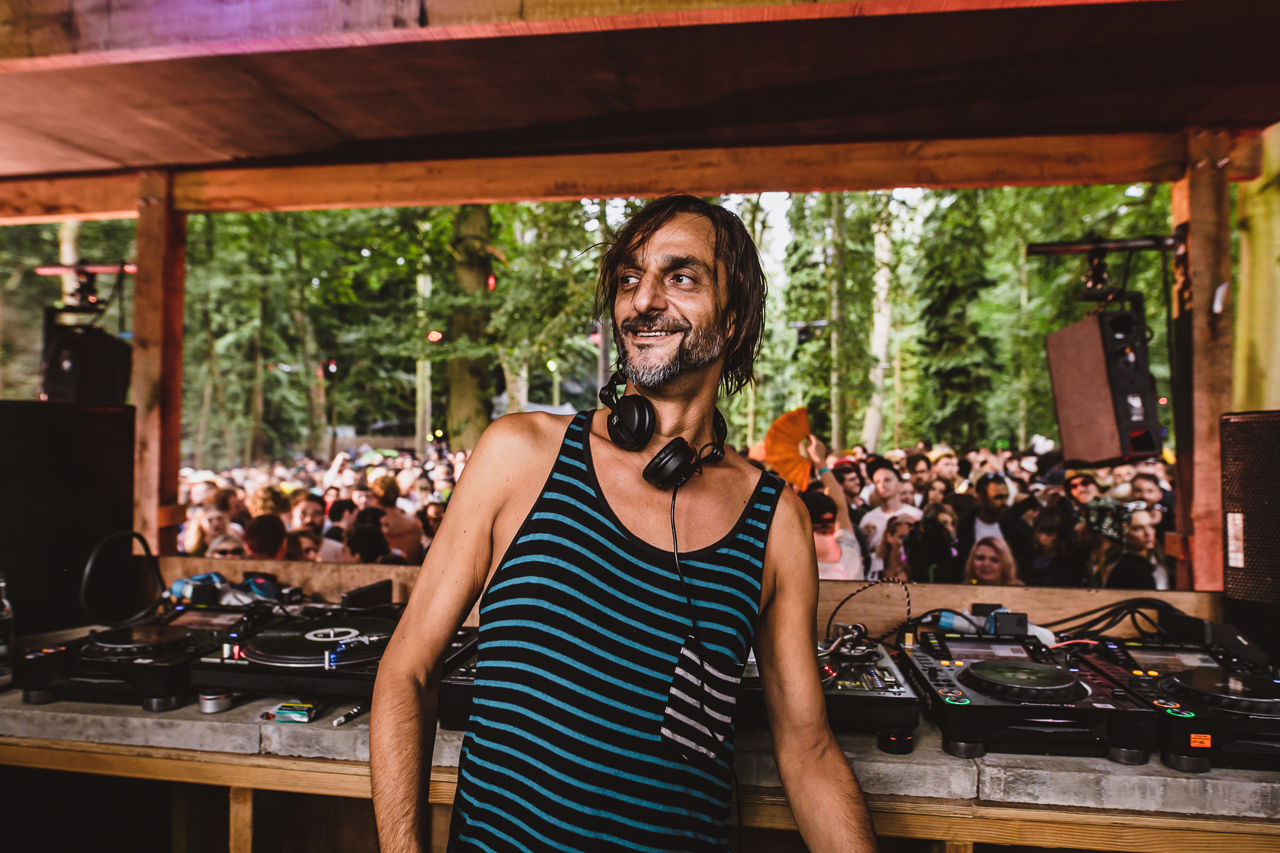
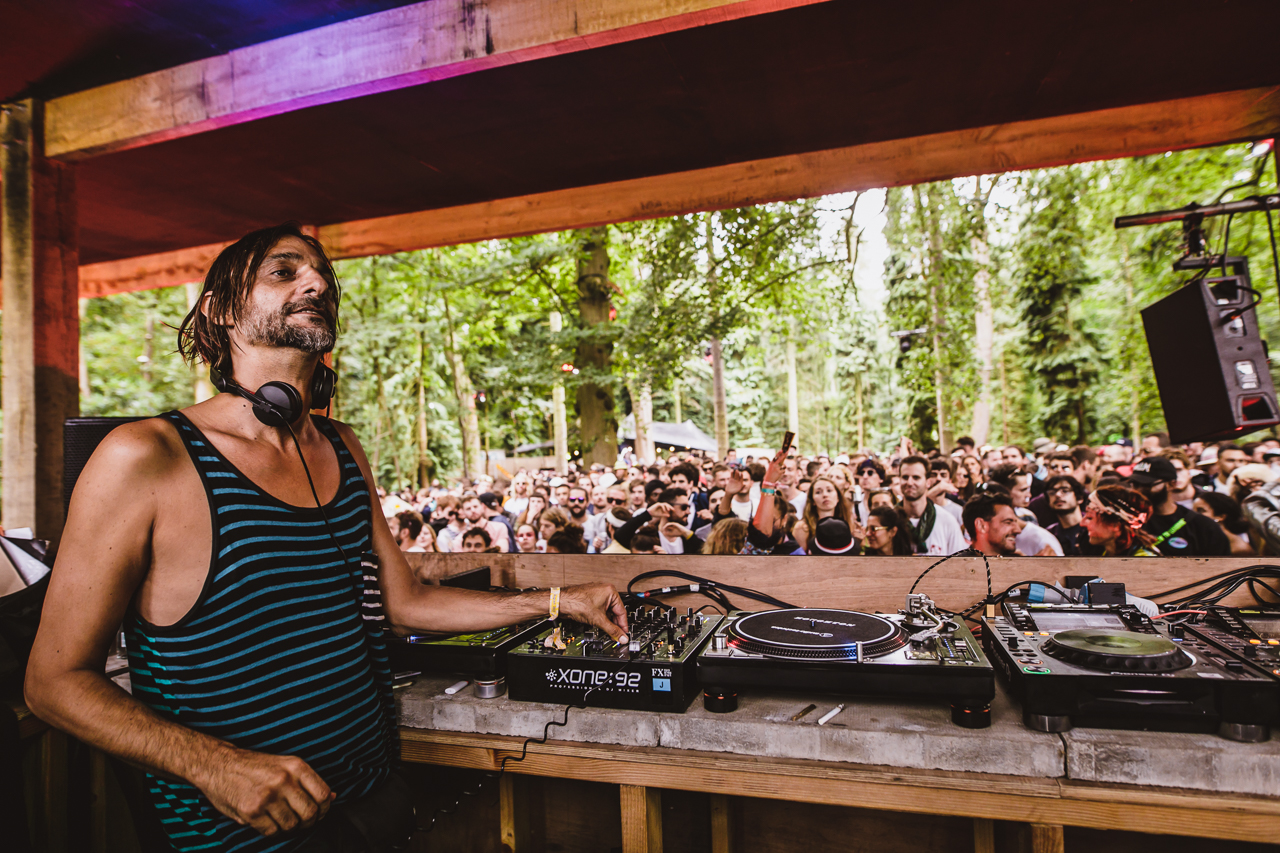
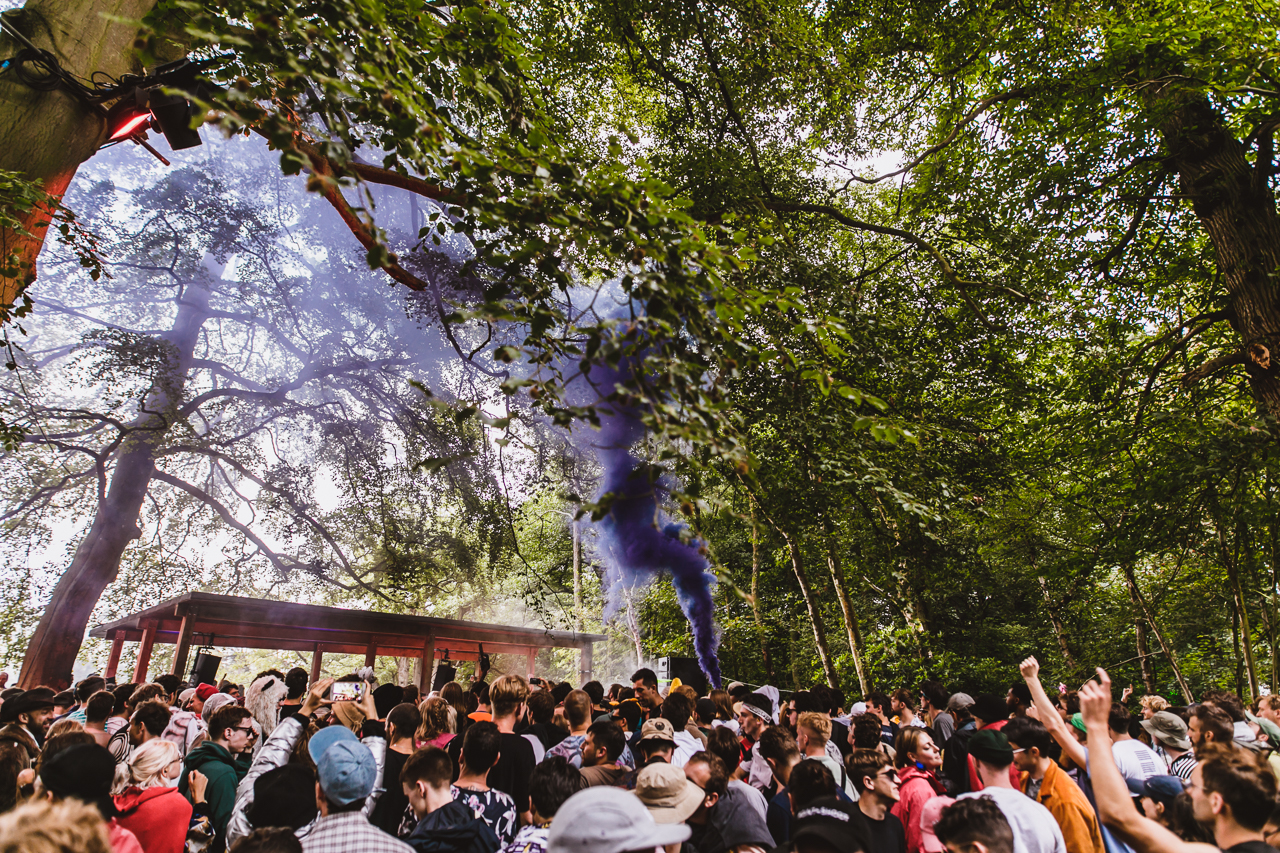
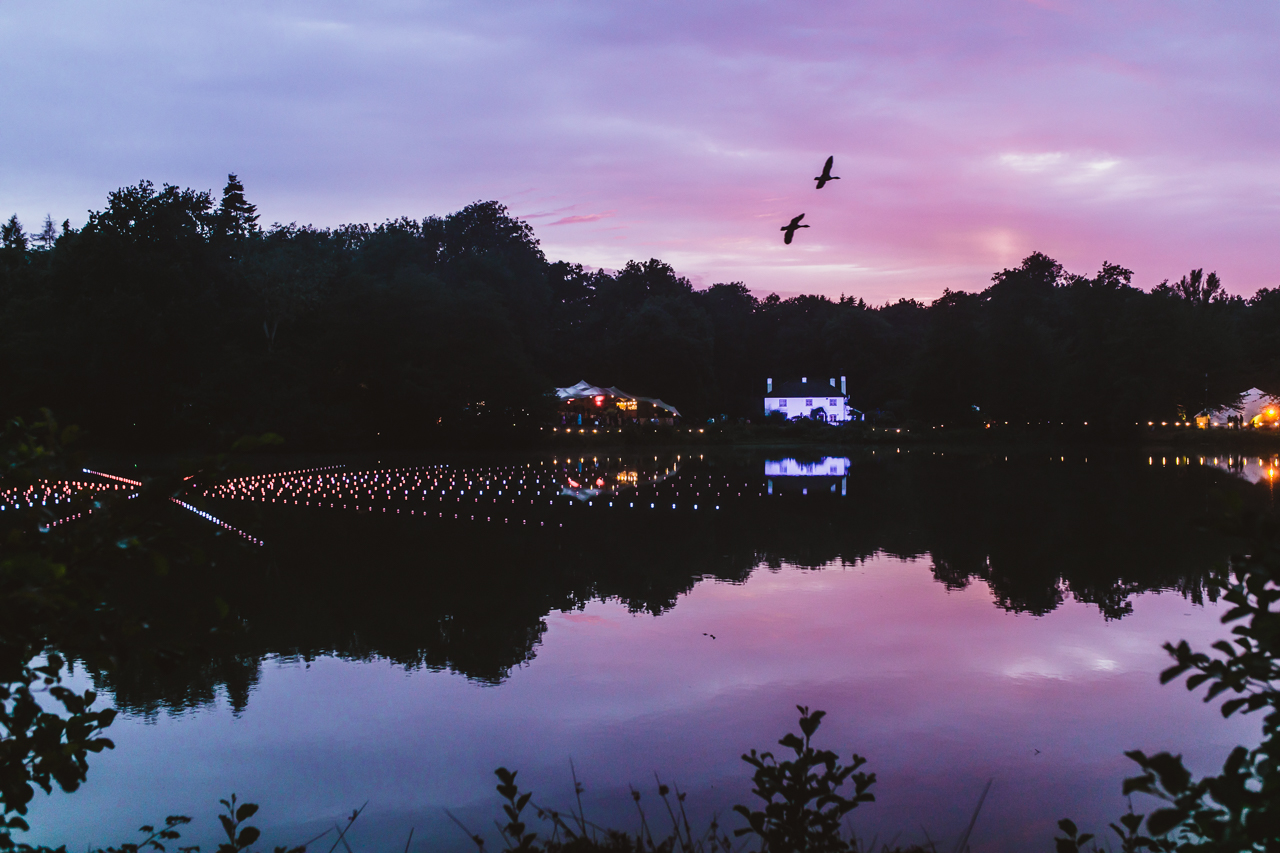
Then, perhaps unsurprisingly, Sunday was a bit weird. The bulk of the punters were visibly leggy and many were growing weary of the weather, resulting in a lot of milling between stages. Mr Scruff’s six-hour set at Derren Smart seemed to keep a fair few people amused, but was hardly pulling people in. Mixmaster Morris played a similarly lengthy slot that might have soothed a few final-day jitters, but I decided to give some time to the man making it all happen.
Mr Richards’ ubiquity last year is already the stuff of legend. This time his influence was felt rather than seen or heard. As I took in one of his many sets on Sunday afternoon, I suddenly understood the irrepressible love for music that possessed every one of his curation choices.
One of his more left-field ideas provided one of Sunday’s highlights: sleepwalking back around the lake, emanating from the Derren Smart Stage was—surely not—the sounds of a live band. Psychedelic three-piece Khruangbin played an hour of hazy, ambient rock music to a dazed crowd that was blissfully incapable of moving anywhere else. Had they wandered into the wrong festival? Everyone was too transfixed to care.
The final volley of big names came at the Pavillion—a great stage but one that suffered under the rain, suggesting that some acts might have been better off moved inside. Two in that category were Ben UFO and Helena Hauff, whose respective three-hour slots closed the weekend’s music. The former spun an eclectic mix of funk, house, and jungle to a fidgety crowd that many seemed to enjoy, but which was hard to appreciate in the conditions. I forwent the second half in favour of Billy Nasty’s wicked electro set at Tantrum.
Helena Hauff entered the festival as one of the hottest names on the circuit and perhaps her challenging time was a reflection of that, but it would have been nice to see her play slightly earlier in the weekend. Although it hadn’t been a problem until now, the Pavillion’s soundsystem was strangely unsuited to electro, with several areas of the space obscuring major elements of the mix. She blossomed in her final hour, however, during her customary switch to rowdy techno (notably Jamie Bissmire’s rollicking “The Old Straight Track”), a triumphant end that, by 3am, some were a little relieved to hear.
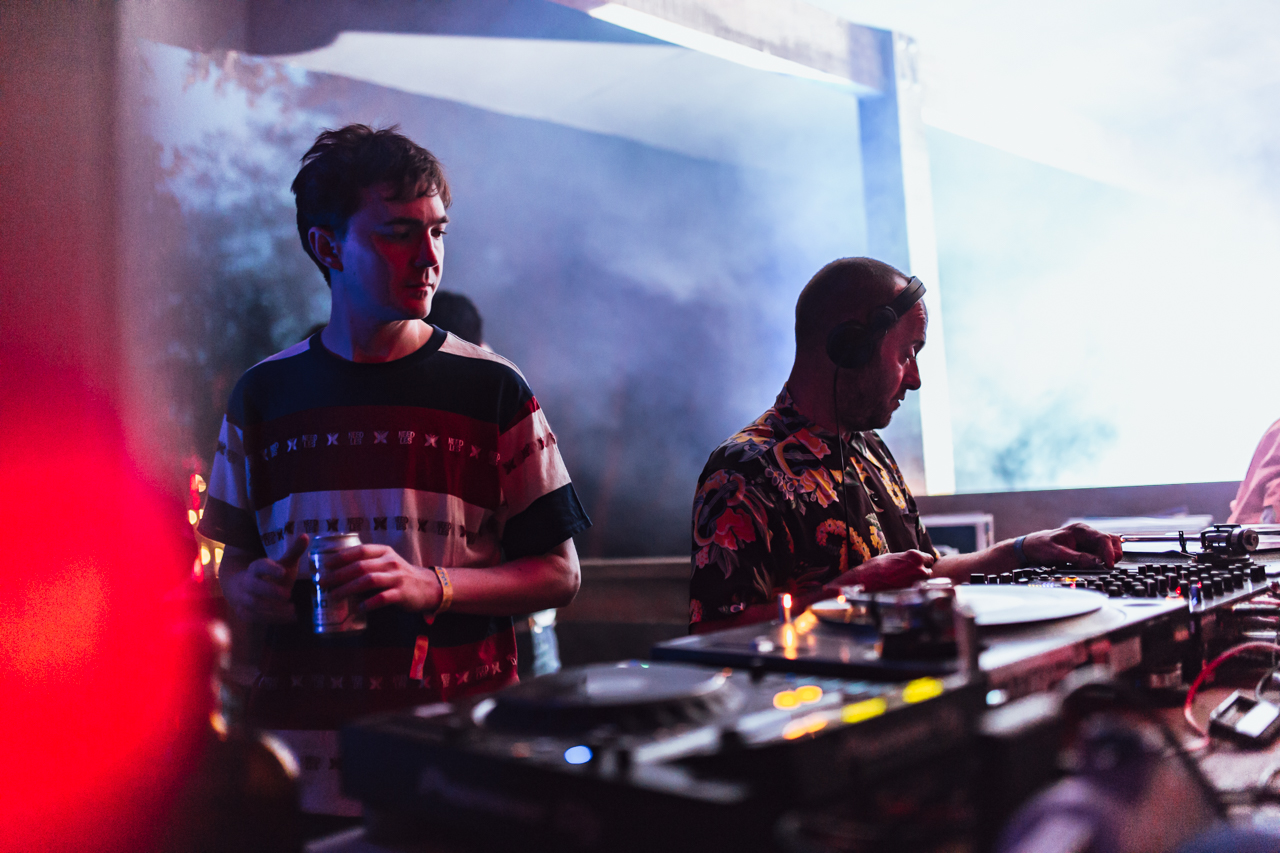
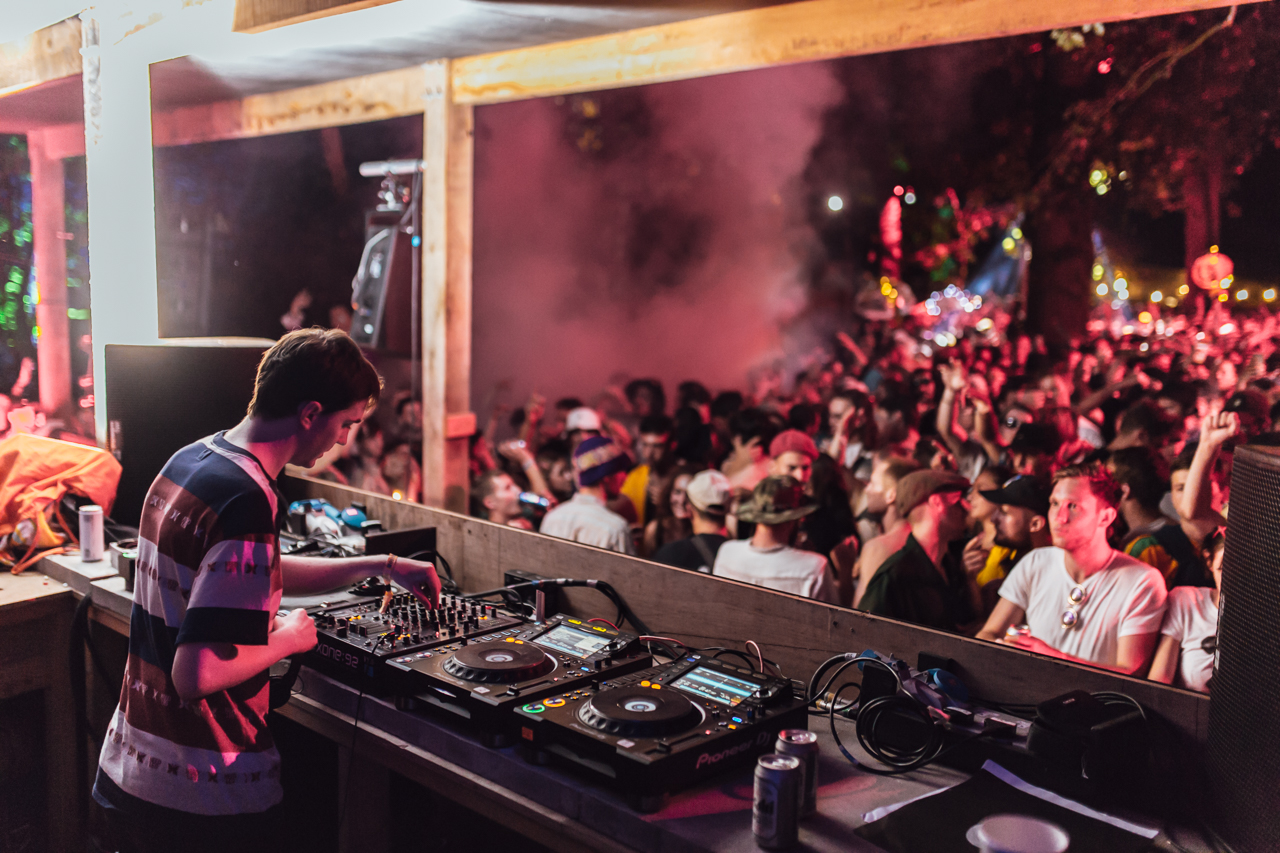
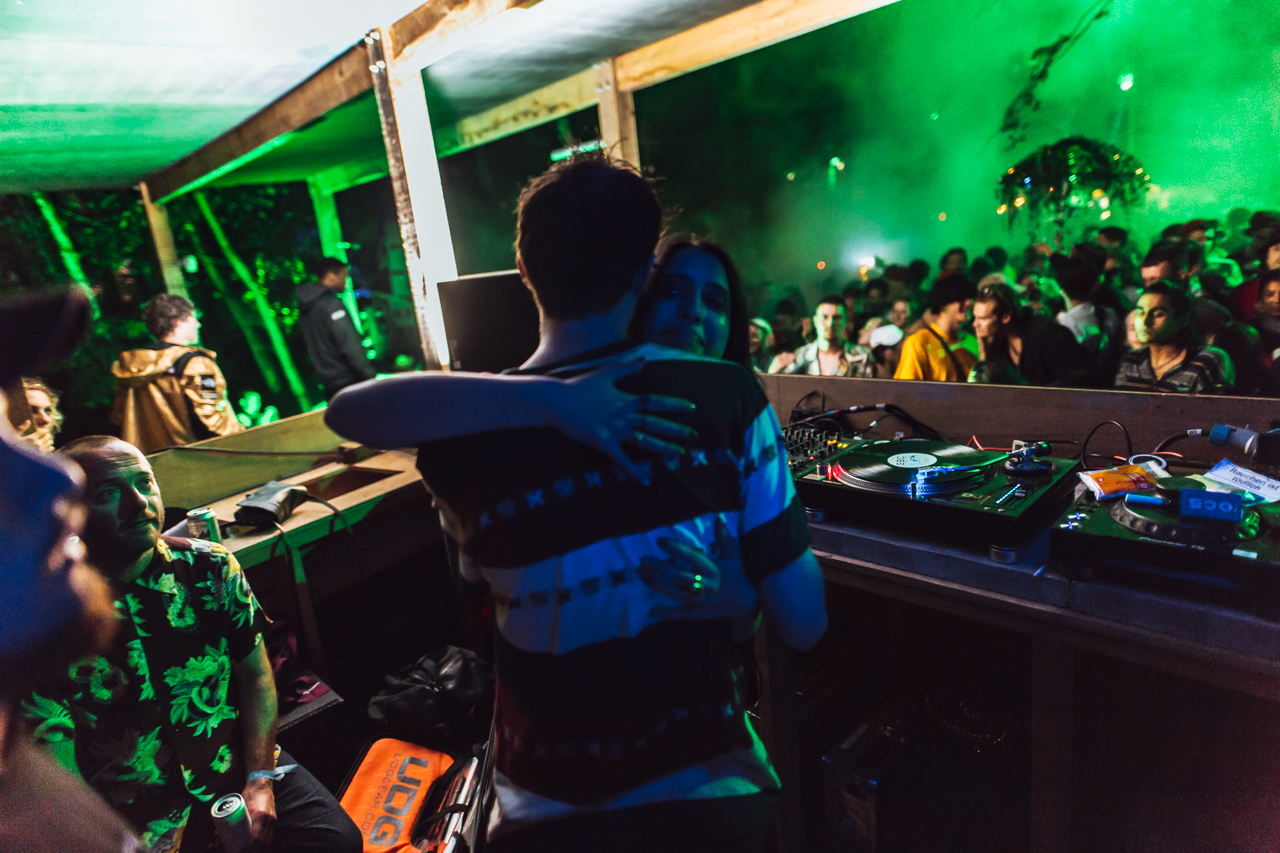
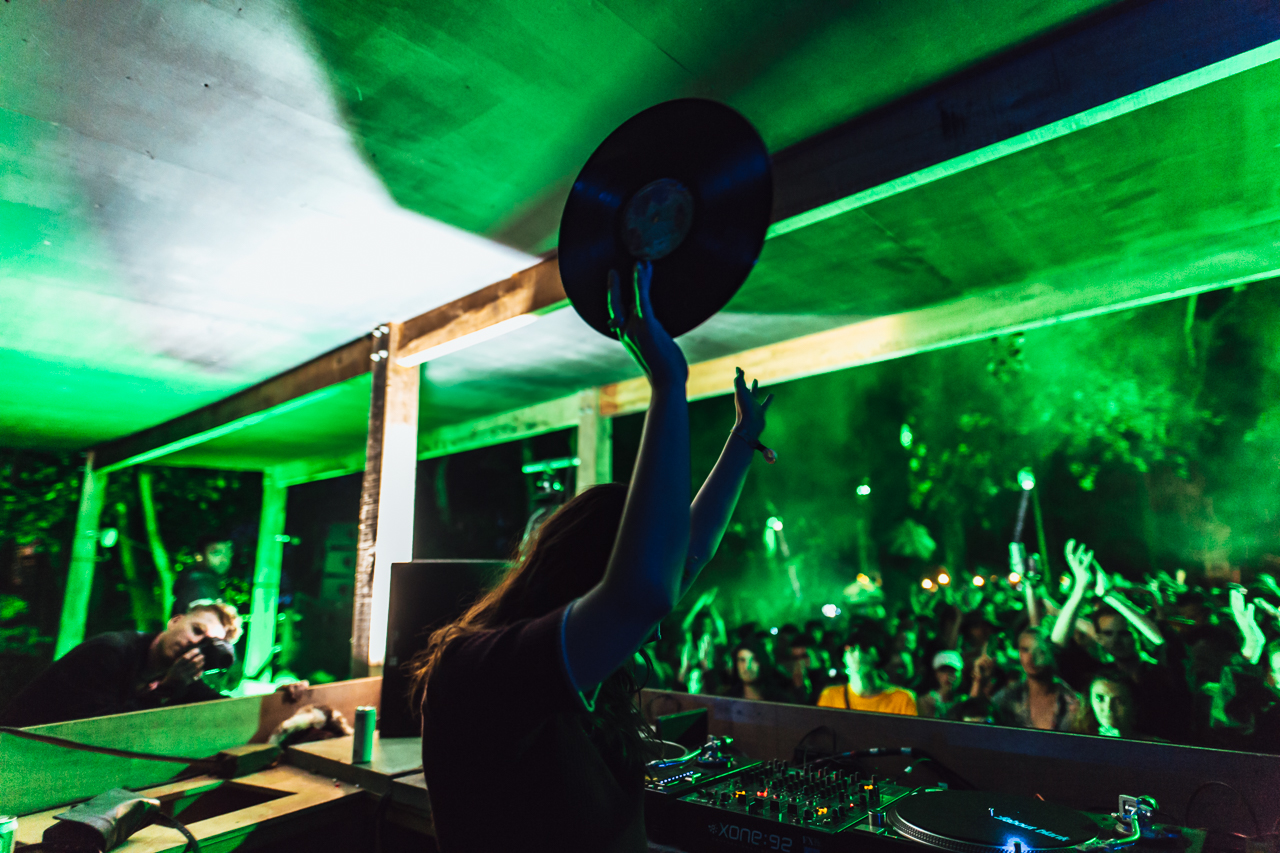
On the boring side of things, Houghton has room for improvement. Festival security was hilariously lax (there was some debate about whether the police even knew about the event), but anyone caught sneaking a can of beer into the arena was given an unnecessarily rigorous frisk that went as far as peering inside socks. Food and drink inside were, expensive even for a festival and at most bars water was only available in cans, a £2 middle finger to the face that left buyers more pissed off than hydrated. The sparse toilets, meanwhile, were nothing short of a shitshow.
However, this year’s Houghton festival—particularly Saturday night —was gripped by a strange, gorgeous atmosphere, unlike anything I’ve experienced even at the peak of some other great festivals. Maybe it was the decadent array of musicians on offer (Doc Scott, DMX Krew, and Joy O are my picks, subject to change), or maybe it was that holy grail of electronic music, the ephemeral higher power that can unite every dancer at a rave.
Or maybe it was just that: rave. Throughout the weekend, the values of that forgotten word permeated the festival like a deity reborn. Intermittent rain shunted people around in search of a comfortable setting, but every single location was blessed with raw, Ecstatic tension. Emphasis on the “E.”
Tiny numbers of this year’s attendees will remember the Rave Britain from before the Criminal Justice Bill of 1994 (I wasn’t even a year old), but Saturday night felt something like how the stories have it. Every raver—let’s be done with it—onsite was connected by an electric, sexual tension that ebbed and flowed between sets, a love that was showered on anyone behind a turntable, which each recipient duly threw right back and then some. I’ll never know if this year matched the Houghton of 2017, but this edition was an unforgettable experience in its own right. Richards and co. might just have started something.
All photos: Here & Now

